

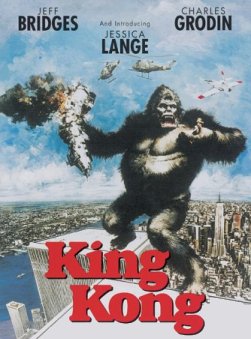
On this site, the power and endurance of symbols and icons has been discussed. The symbols for nations or individual cities are no less potent. From the 1970s on, the World Trade Center joined the Statue of Liberty, Brooklyn Bridge, Empire State Building and other landmarks as Big Apple symbols. Until the 2001 disaster, there were many times that the Twin Towers surpassed them all.
Promotional materials for movies, as well as global distribution of the films themselves, played no small part in closely linking the WTC with the Big Apple. The first significant appearance of the skyscraper twins was in Dino di Laurentiis' 1976 remake of King Kong. The WTC was conveniently written into the script, with the complex resembling a rock formation on the gorilla's home island. The towers also were used because if a giant ape is going to climb a New York structure, why not the tallest one in that particular timeframe? Move over, Empire State!
The King Kong poster, then, had the gigantic simian standing astride the towers, mirroring the original Empire State art (however, he stood on only one tower in the actual film). These were the pre-television antenna days; the north tower would get its mighty transmitter a few years after Kong.
From that USA bicentennial year on, the Twin Towers kept creeping into movie artwork as a quick and unsubtle way to telegraph, "This movie's setting is New York!!!" Even movies set in other boroughs besides Manhattan could not escape those towers: see the posters for Rumble in the Bronx and Straight Out of Brooklyn. Up until the day of doom, the Trade Center pushed its Big Apple symbolism. It is safe to say that if there had been no 9-11, the towers would have stood for years and been on movie posters well into the 21st century. With that thought, here is a sampling of 25 years of theatrical, TV and video promotional artwork showing those seemingly inescapable structures.
 Manhattan (1979). Woody Allen's movie does not use the WTC directly, but the "H" in the film title was made to resemble the towers. The "A's" become the Empire State and the Chrysler buildings. |
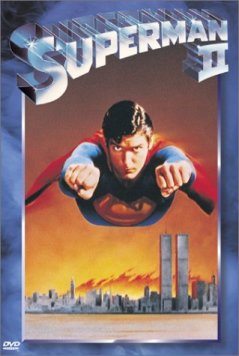 Superman II (1981) is set in the comic book hero's usual Metropolis, but New York always doubled for the city. In a now ironic image, the entire skyline is burning, handiwork of the rogue Kryptonite aliens who come to Earth in the movie. |
 Splash (1984), a major vehicle for a young Tom Hanks, used a DVD cover strongly resembling its original poster, which had the WTC and Lady Liberty both in the background. | |
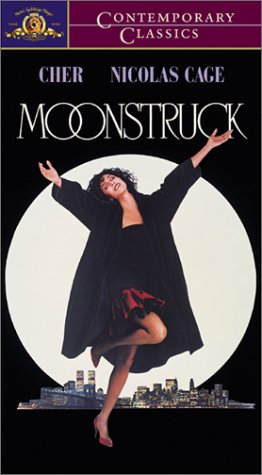 Moonstruck (1987) won three Academy Awards, and it also had the now very established practice of placing the WTC in the background. |
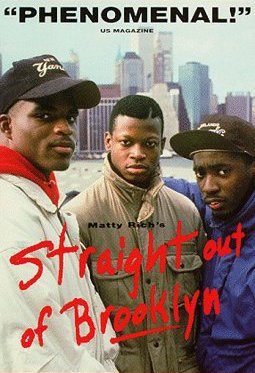 Straight Out of Brooklyn (1991) is one of those movies set in another borough other than Manhattan, but the artists could not resist placing the towers in the shot for this drama about struggles in the inner city. |
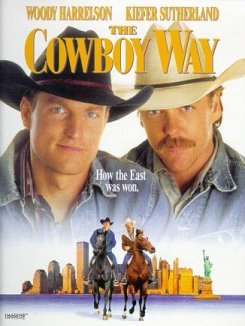 The Cowboy Way (1994) was about two wranglers busting crime in the Big Apple. Now it's the 1990s, and the studio marketing departments just won't stopping doing it. A lack of Twin Towers for an NYC film might even look bizarre. |
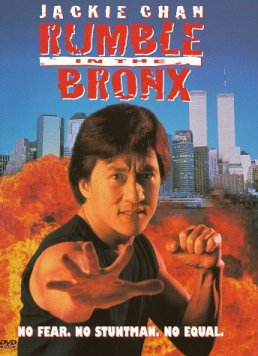 Rumble in the Bronx (1995) was Jackie Chan's first major release through a Hollywood distributor, and again, though set in another borough, there are those towers again! |
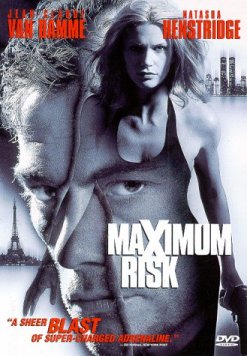 The poster for Maximum Risk (1996) reduced not just one, but two cities to their most basic architectural symbols: the World Trade Center for New York, and the Eiffel Tower for Paris. |
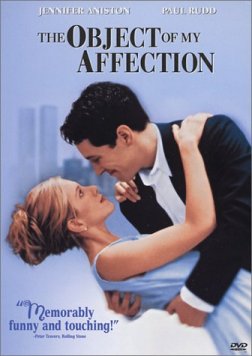 The Object of My Affection (1998) was one of those 1990s romantic comedies with a twist -- a young female professional in the Big Apple falls in love with a handsome gay man. And, because it is New York, the towers are back. |
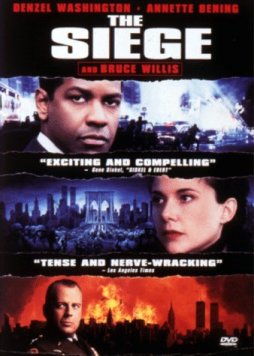 The Siege (1999) in viewings after 11 September can be chilling. Middle Eastern terrorists level a major federal office building in New York. The city is put under martial law, and Arab and Muslim men are rounded up and put into internment camps. Here, the Trade Center -- shown twice in the artwork -- is a sobering presence. |
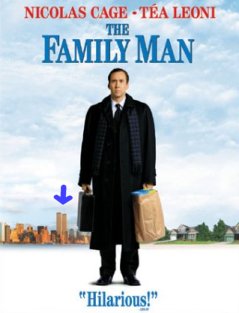 The Family Man (2000), a fantasy about a man who gets a second chance with the woman he let go, was released just as the new century was arriving. Nicolas Cage's broker worked in the Lower Manhattan world that was once home to the WTC -- which is faintly visible behind him. |
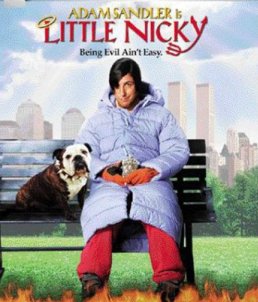 Little Nicky (2000) was a so-so Adam Sandler comedy about Satan's dumbest and not-so-evil son who goes to -- you guessed it -- New York City (the towers loom up behind him and his dog sidekick). |
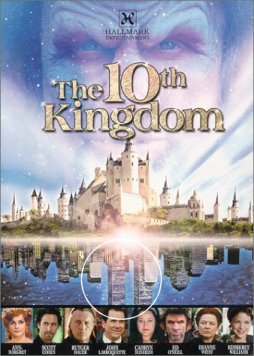 The Tenth Kingdom (2000) was actually a television miniseries that came out on DVD. But even the small screen kept using the towers for its Big Apple productions. Here the city is beyond a fairy tale world, reflected in the water. |
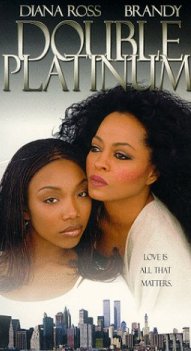 Double Platinum (2000) was another TV miniseries with a New York City setting. Diana Ross played a pop star who gave up a baby for adoption, only to have to deal with her decision years later when the girl (Brandy) becomes a successful singer herself. The divas here rise above a Manhattan that natives and visitors alike know is just a memory. |
Home | About This Site | The Basics | Article Index
E-mail the Webmaster